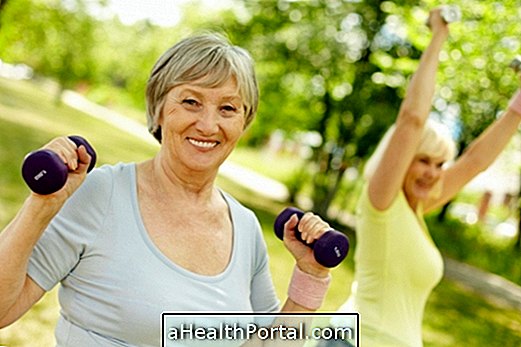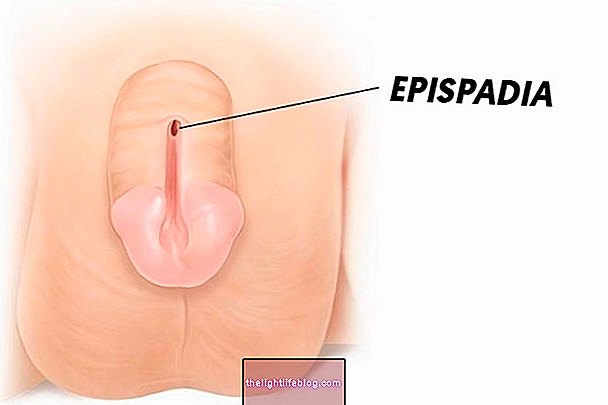The congenital defect, also called poor genetic formation, is a change in the person's formation during pregnancy that can affect any tissue in the body, such as bones, muscles, organs and systems. Most often, there is an incomplete development of the affected tissue or some disturbance caused by the environment.
Most congenital defects occur within the first 3 months of gestation and are diagnosed by the obstetrician during the prenatal period or by the pediatrician until the child reaches 1 year of age, but there are some who need specific tests and are therefore identified later, such as heart or hearing defects, for example.
Most babies who have severe congenital abnormalities are naturally eliminated by miscarriage. However it is not at all abortion that congenital defects are observed.

What Causes a Congenital Defect
A congenital defect can be caused by genetic changes or by the environment in which the person was conceived or generated, or by the combination of these two factors. Some examples are:
- Genetic factors:
Changes in the chromosome in relation to the number, such as in the trisomy 21 popularly known as Down syndrome, mutant genes or changes in chromosome structure such as Fragile X syndrome.
- Environmental factors:
Some changes that may lead to a birth defect are the use of medications during pregnancy, cytomegalovirus, toxoplasma and treponema palladium virus infections, radiation exposure, cigarette smoking, excess caffeine, excessive alcohol consumption, contact with heavy metals such as lead, cadmium or mercury, for example.
Types of congenital defect
Congenital defects can be classified according to their type:
- Structural anomaly: Down syndrome, defect in neural tube formation, cardiac alterations;
- Congenital infections: Sexually transmitted diseases such as syphilis or chlamydia, toxoplasmosis, rubella;
- Alcohol consumption: Fetal alcohol syndrome
The signs and symptoms of a poor genetic formation are generally classified according to the syndrome that causes the specific defect, some are more common as:
- mental disability,
- nose flat or absent,
- cleft lip,
- round toe plant,
- face very elongated,
- very low ears.
The doctor can identify a change during the ultrasound examination in pregnancy by looking at the baby's appearance at birth or by observing certain characteristics and following the results of specific tests.
How to prevent
It is not always possible to prevent a birth defect because changes may occur that are beyond our control, but prenatal care and follow-up of all medical advice during pregnancy is one of the precautions one must take to reduce the risk of fetal complications.
Some important recommendations are not taking medicines without medical advice, not drinking alcohol during pregnancy, not using illicit drugs, not smoking and avoiding being around places with cigarette smoke, eating healthy foods and drinking at least 2 liters of water per day .






















